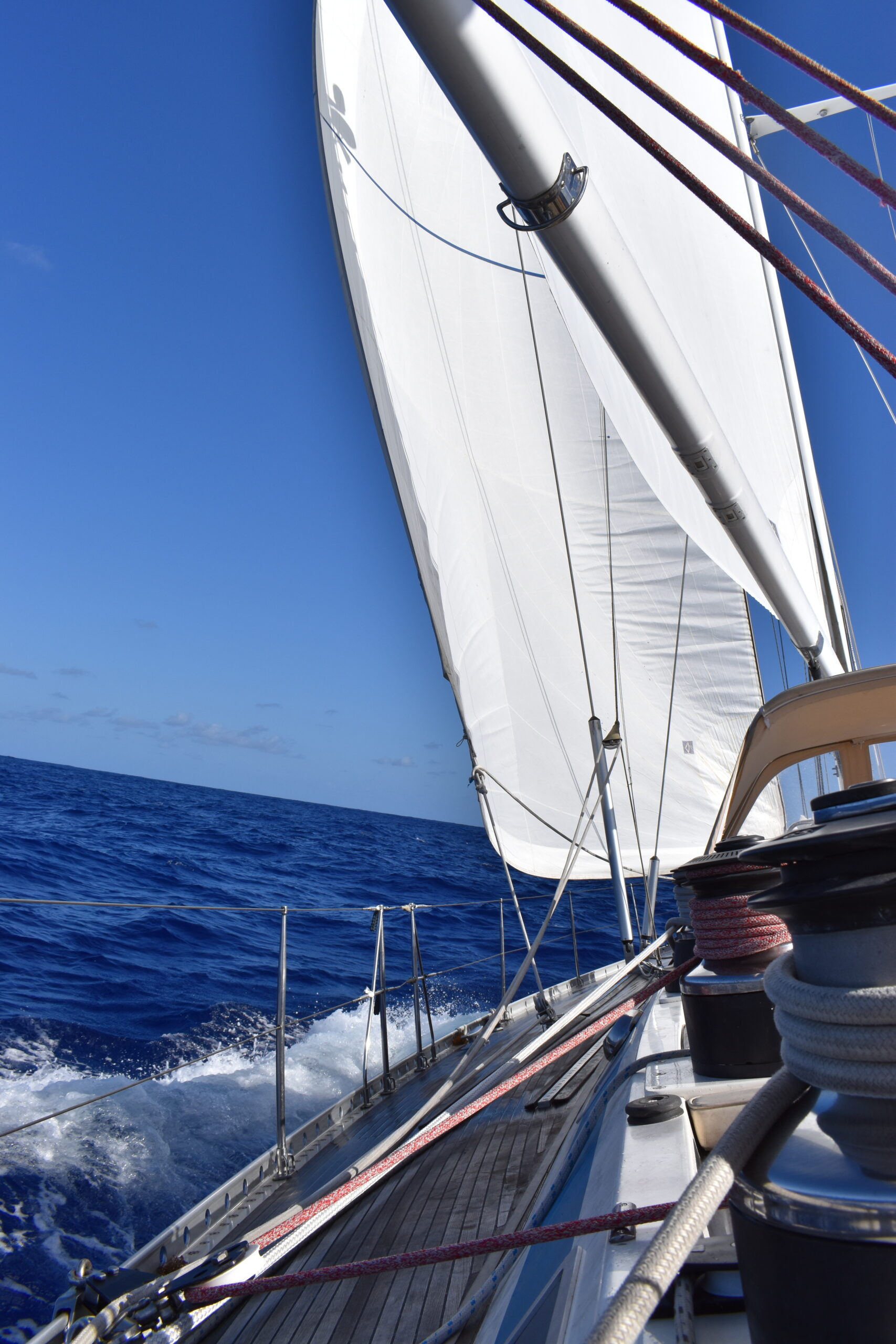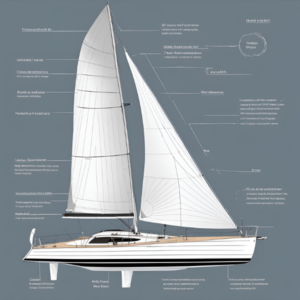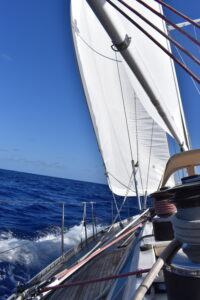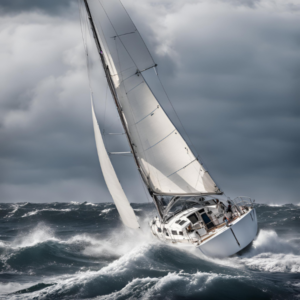
If you’ve ever dreamed of feeling the wind in your hair as your boat cuts through the waves, you’ve probably envisioned sailing as a peaceful, graceful activity—an escape into nature. But if you’re a prospective sailor, you’ve also likely wondered, "Can sailboats capsize?" It’s a natural concern, especially if you’re considering learning how to sail and jumping into your next adventure.
In this blog post, we’ll explore the answer to this question in detail. We’ll discuss what causes a sailboat to capsize, the factors that make some sailboats more stable than others, and how sailors can reduce the risks of capsizing. By the end, you’ll have a well-rounded understanding of this phenomenon and feel more confident about your sailing future.
In simple terms, a capsize occurs when a boat tips over, with its mast ending up in or near the water and the hull facing skyward. For many, the image of a boat flipping upside-down is terrifying, but it’s important to remember that the type of capsize you’re likely picturing—where the boat turns completely over—is very rare, especially with modern sailing vessels.
Most sailboats are designed to be highly stable, and even if they tip or heel (lean) dramatically in strong winds, they’re built to right themselves. Smaller boats, especially dinghies, are more prone to capsizing because they are lightweight and don’t have the same keel systems as larger boats.
Whether or not a sailboat will capsize largely depends on the boat’s design, the weather conditions, and the skill of the sailor. Let’s break down the key factors that contribute to a boat’s stability and how these factors mitigate the risk of capsizing.
The keel is one of the most important components when it comes to sailboat stability. It’s the long, heavy fin-like structure that extends from the bottom of the boat’s hull into the water. The purpose of the keel is twofold: it prevents the boat from sliding sideways through the water, and it acts as a counterweight to the wind’s force on the sails.
Keels vary in size and shape depending on the type of boat, but the fundamental principle is the same. A heavier keel makes it harder for the boat to tip over because it pulls the boat back upright. This is why larger sailboats, which typically have deeper and heavier keels, are much less likely to capsize than smaller, lightweight boats. In the event of strong winds or waves, the keel helps the boat right itself naturally after a heel.

Size plays a crucial role in a boat’s susceptibility to capsizing. Small, lightweight boats such as dinghies or small catamarans are more prone to capsizing because they lack the weight and stability systems of larger vessels. They are highly maneuverable but also more affected by shifts in wind and weight distribution. These boats are typically used for racing or recreational sailing in calm waters, where the risk is low and recovery is quick. Dinghies are kept upright by the weight of the person sailing them. If they make a mistake, the boat will capsize.
On the other hand, larger sailboats (over 30 feet) are designed to handle stronger winds and rougher seas. Their heavier construction, combined with a deep keel and(or) ballast, makes it significantly more difficult for them to capsize. These boats are built for longer journeys and often sail in open waters, where conditions can be unpredictable. The stability of a larger boat provides peace of mind, especially for sailors looking to take on more adventurous voyages.

Weather is a major factor in whether a sailboat might capsize. High winds and rough seas are the biggest threats, but even then, capsizing is not inevitable, especially if you’re sailing a well-designed boat.
Sailboats, that have a keel, are designed to heel (lean) in the wind, and for most boats, this is perfectly normal. The wind pushes against the sails, causing the boat to tilt to one side. However, if the wind becomes too strong, an inexperienced sailor might find the boat heeling too far, which could lead to a capsize in extreme cases.
Understanding how to trim your sails properly is key to avoiding this. Reducing sail area (reefing) or adjusting your course can help you manage strong winds and prevent excessive heeling. Sailors often check weather forecasts before embarking on a trip to avoid sailing in dangerous conditions. While the weather can change unexpectedly, having the knowledge and skill to react appropriately is essential in preventing capsizes. This can be especially true when sailing in Colorado! The weather and winds we experience when mountain lake sailing can be very unpredictable.

While boat design and weather conditions are crucial, the most important factor in preventing capsizing is the skill and experience of the sailor. An experienced sailor knows how to balance the boat, adjust the sails, and make decisions that keep the vessel stable even in challenging conditions.
Beginners may feel more nervous about the potential for capsizing, but with proper training and experience, these fears can be largely alleviated. Taking sailing lessons or practicing on smaller boats with an instructor can build confidence and teach you how to handle different situations. Learning how to properly distribute weight on the boat, adjust the sails for various wind conditions, and handle emergencies are all key skills that reduce the risk of capsizing.
Our ASA101 and ASA103 courses are the perfect classes to start learning!
So, can sailboats capsize? The short answer is yes, but it’s not something that should discourage you from taking up sailing. Sailboats are designed with stability in mind, and with proper knowledge, equipment, and respect for the elements, the risk of capsizing is low—especially for larger, well-built vessels.
As with any adventure sport, there’s an element of risk in sailing, but part of the excitement lies in learning how to navigate these challenges. Whether you’re taking up dinghy sailing for fun or planning to invest in a larger cruiser for longer trips, understanding the dynamics of your sailboat and gaining the skills to handle different conditions will keep you safe and confident on the water.
At the end of the day, the freedom, joy, and connection with nature that sailing provides far outweigh any fears of capsizing. The more you learn, the more you’ll discover that sailing is one of the most exhilarating and rewarding experiences you can have. Happy sailing!